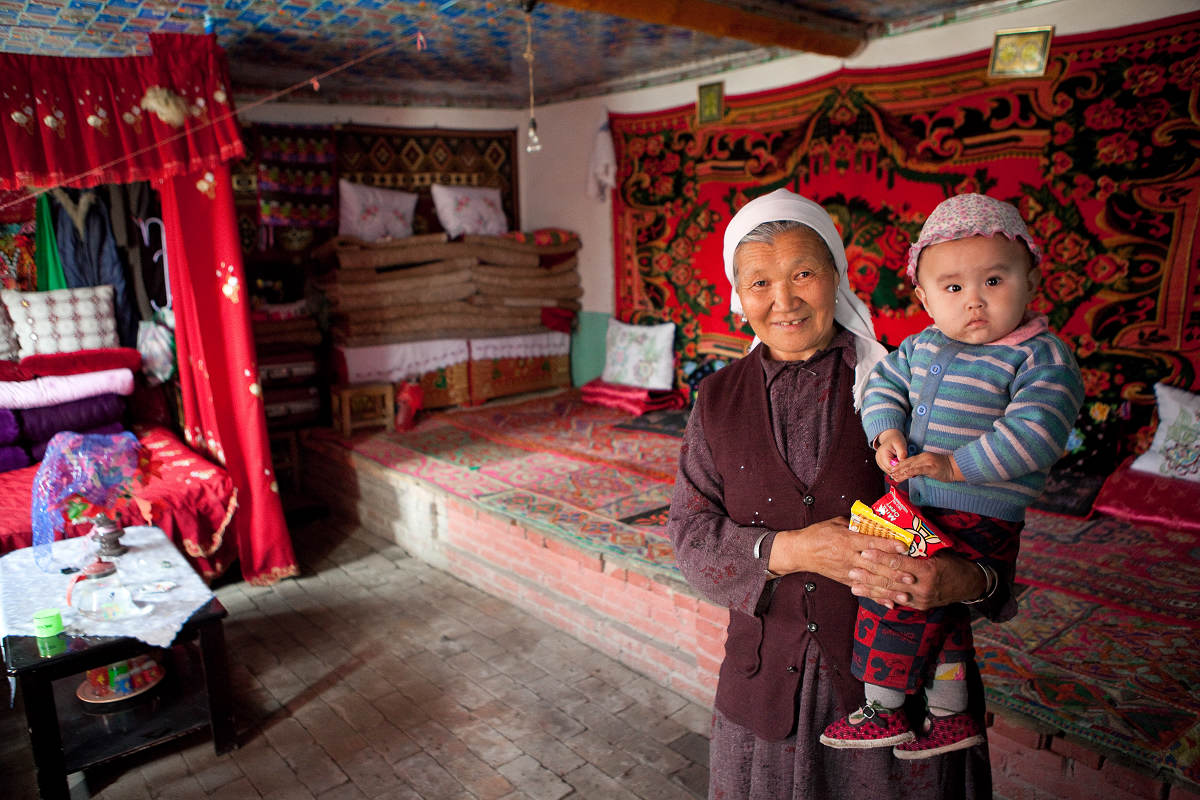
There are different translated names about Tatar in history. In 1920s-1930s. Tatar in Xinjiang moved from Kashan, Ufa, Tuman, Siberia, and Ular of Russia. With a population more than 5,000, they live in Yining, Tacheng, Urumqi, Altar, Qitai, Jimushar and other towns in the south Xinjiang.
The Tatar language belongs to the Turkic language group of the Altaic Language Family. And the written language is based on Arabic letters. Because the Tatars are mixed in Xinjiang with the Uygurs, Kazaks and Uzbeks, the four languages have had strong effects on one another. The Tatars usually use Uygur and Kazak languages. The Tatar have a high education level and there are a lot of people who obtained higher education. And they also have very rich cultural activities. Moreover, the Tatar living in cities have a long history of doing business.
The Tatars' costumes are well-designed. Their cuisine, popular in Xinjiang, includes various kinds of foods. The cultural life of the Tatars is rich and colorful. They love dramas, music and dances. Their dances are lively and cheerful and have their own characteristics. Several musical instruments are special for the Tatars, including the “Kunie”(a wooden flute), the “Kebisi”(a kind of harmonica), accordion and a two-stringed violin.
The Tatars believe in Islamism. They celebrate Fast-Breaking, the Corban Festival. Their traditional festival is “Saban” Festival.





